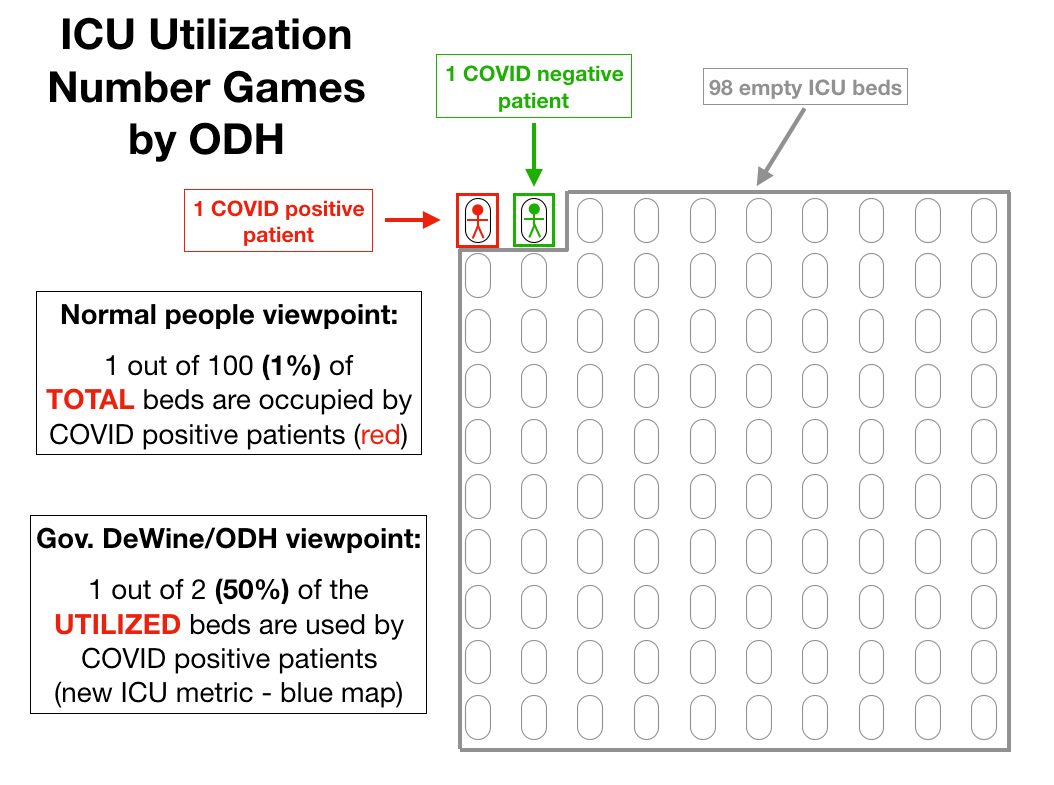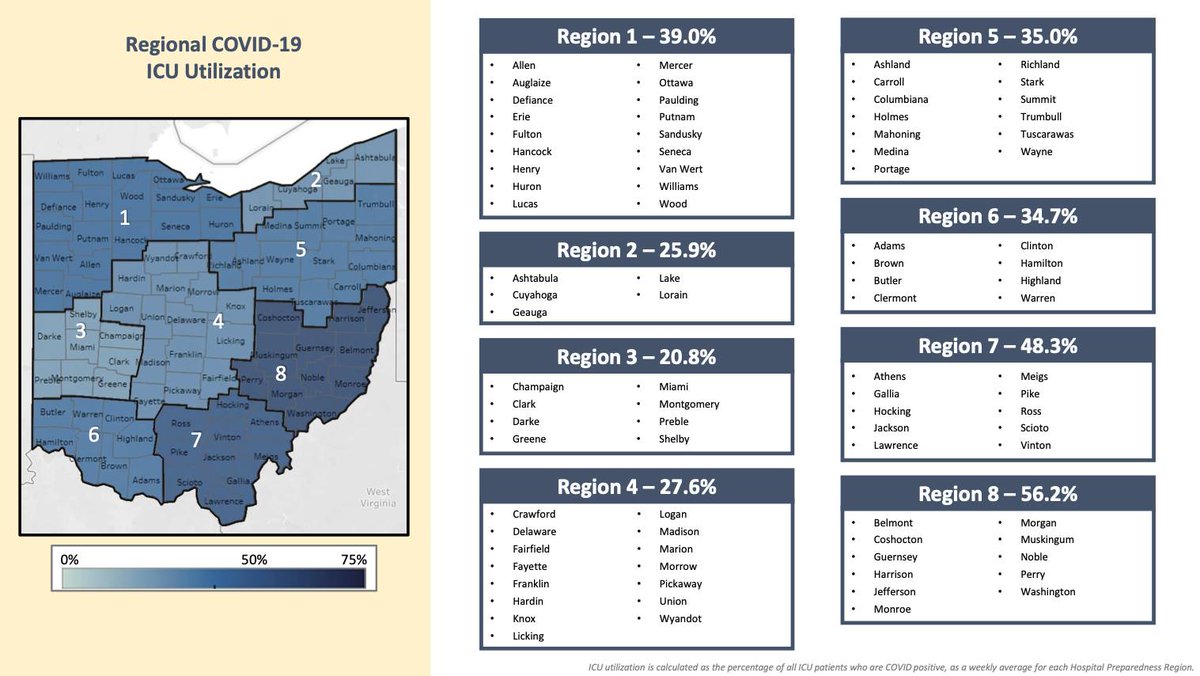
- Prevalence -
I have been criticized for the focus I have been putting on 'probable' cases for the last month or so. 1/3rd of our cases are 'probable,' so what? "They're mostly just positive antigen test cases! Just as good as PCR confirmed!"
I have been criticized for the focus I have been putting on 'probable' cases for the last month or so. 1/3rd of our cases are 'probable,' so what? "They're mostly just positive antigen test cases! Just as good as PCR confirmed!"
Well, according to the FDA, no. The FDA has been very explicit that antigen tests need to be used in a very conscientious way. Specifically, that to properly interpret antigen tests results, the provider needs to take into account the prevalence of the disease in the region.
Please see fda.gov/.../potential-…... to see their exact recommendations, with a special focus on the section I have attached in the first image.
From that clip, it is clear that prevalence is an incredibly important number to understand.
From that clip, it is clear that prevalence is an incredibly important number to understand.

So, what is prevalence? Prevalence is the proportion of persons in a population that have a disease/condition at a point in time or over a duration of time. For our purpose here, we will only consider at one point in time.
The math is simple. It is the number of people with the disease currently divided by the population and multiplied by 100 to get a percentage.
The tricky part is determining what constitutes who is currently 'diseased.'
The tricky part is determining what constitutes who is currently 'diseased.'
In the state of Ohio, Governor DeWine and his 'experts' have declared that after 21 days, a person is deemed 'recovered' - although, as of the last day before they erased the data, over 4000 deaths had occurred after 21 days. But let us accept that range.
In the second attached image, please see the calculations for prevalence for both the whole state of Ohio (top) and just Franklin County, where Ohio State is located (bottom). 

I have broken it down even further, with the top line representing the total cases over that time frame (both confirmed and probable) as well as only including the confirmed cases.
The prevalence is incredibly low. And a quick check of the FDA's example, we can see that we would be looking at between 70-96% of 'positives' would be **false positives.**
In the third image, I have done the same calculations, but limited it to just 10 days, which coincides with the CDC's duration of isolation guidance. The numbers are even more minuscule, with the prevalence being below 0.1% when we consider just the confirmed cases. 

With an antigen test with 98% specificity, that means that more than 96% of all positives are FALSE.
There is absolutely no excuse for calling a positive antigen test a 'case' at this point. An argument could be made to use it as a surveillance tool, but they should not be used diagnostically as per the FDA and the CDC.
• • •
Missing some Tweet in this thread? You can try to
force a refresh






